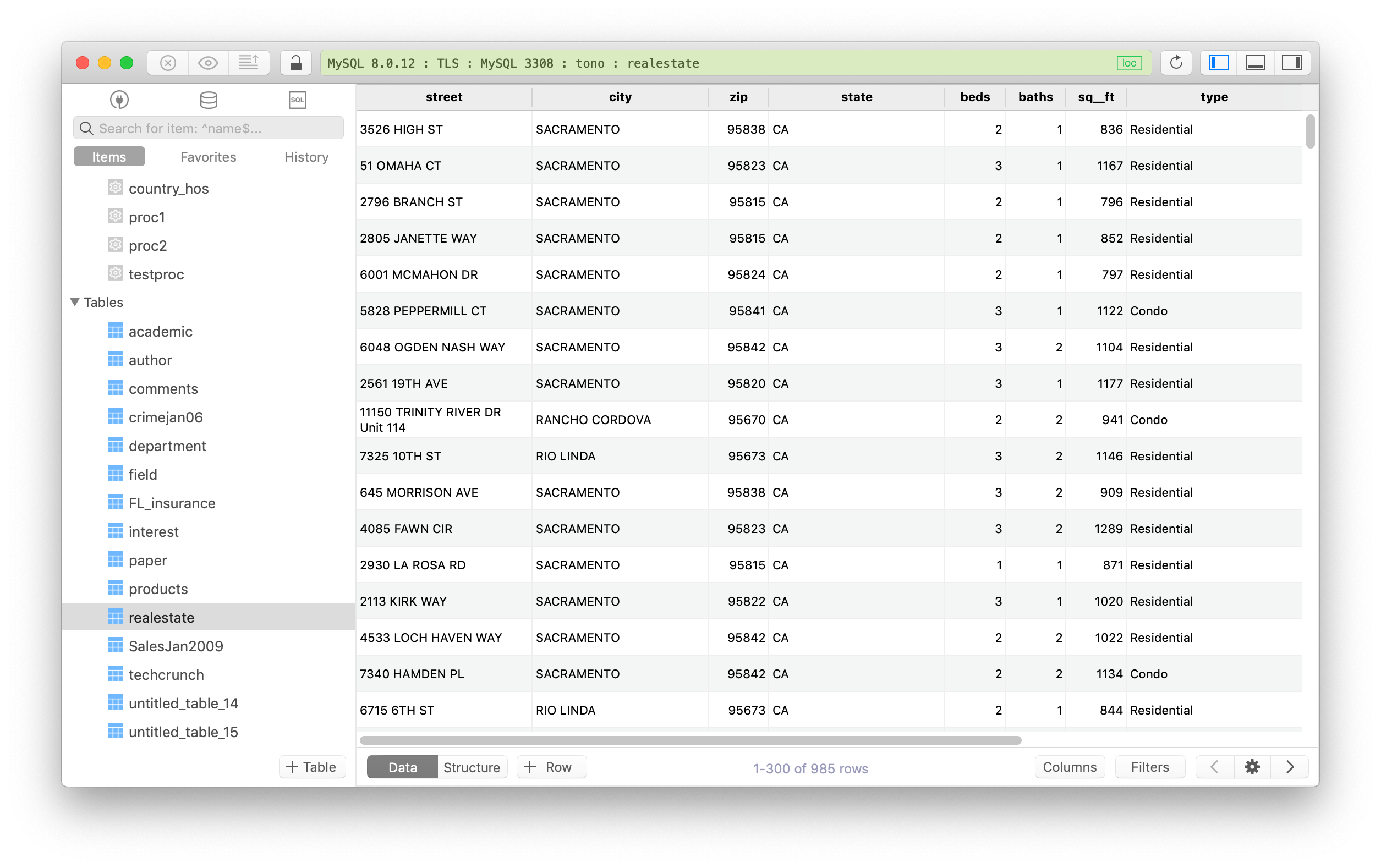The Ultimate SQL Queries cheatsheet, with examples
Even though each relational database management system has its own customized extensions and functionalities, SQL has a standard and it’s somewhat similar between different database management systems. Once you can understand some common queries listed below, you can easily pick up SQL and interact with data of any database systems.
There are 4 main types of SQL Queries:
- Data definition language (DDL)
- Data manipulation language (DML)
- Data Control Language (DCL)
- Transaction Control Language (TCL)
And there’s one extra type which is Session Control Statements (SCS).
Let’s go deeper into each category
1. Data Definition Language (DDL)
Data definition statements are used to define the structure of a database or table. It includes these common queries:
CREATEstatement to create a new database or table.
CREATE TABLE table_name (
column_1 datatype_1,
column_2 datatype_2,
column_3 datatype_3
);
ALTERstatement to modify the database structure or table structure. For example, you can add columns to an existing table in a database, rename a column or rename the table.
ALTER TABLE table_name
ADD column_name datatype;
DROPstatement to delete a database or table. Everything will be removed, table definition, data, indexes, triggers, constraints, etc.
DROP TABLE table_name;
TRUNCATEstatement to clean the table, remove all the existing records.
TRUNCATE TABLE table_name;
2. Data Manipulation Language (DML)
Data manipulation statements are used for managing data within the table object.
SELECTstatement to retrieve data from the table. You can retrieve data of an entire table or just a collection of records based on conditions.
SELECT column_name(s)
FROM table_name
WHERE column_1 = value_1
AND column_2 = value_2;
INSERTstatement to insert a set of values into a table.
INSERT INTO table_name (column_1, column_2, column_3, ...)
VALUES (value_1, value_2, value_3, ...);
UPDATEstatement to modify existing data and update with new data in a table, based on some conditions.
UPDATE table_name
SET column_1 = value_1, column_2 = value_2, ...
WHERE condition;
DELETEstatements to delete the records from the table based on some conditions.
DELETE FROM table_name
WHERE some_column = some_value;
LOCK TABLEstatement to lock one or more tables in a specified mode. Table access denied to other users for the duration of your table operation.
3. Data Control Language (DCL)
Data control statements are used to give privileges to access limited data.
GRANTstatement to grant privileges to a user for accessing and working with a database. This will allow them to perform some specific tasks.
GRANT privilege_name
ON object_name
TO {user_name |PUBLIC |role_name}
[WITH GRANT OPTION];
REVOKEstatement to withdraw the privileges previously given to a user.
REVOKE privilege_name
ON object_name
FROM {user_name |PUBLIC |role_name}
ANALYZEstatement to collect statistical information about index, cluster, table.AUDITstatement to track the occurrence of a specific SQL statement or all SQL statements during the user sessions.COMMENTto write a comment to the data table.
4. Transaction Control Language (TCL)
Transaction control language statements are used to apply the changes permanently save into database.
COMMITcommand to permanently save the work into the database.ROLLBACKcommand to restore the database for the last COMMIT.SAVEPOINTcommand to create a temporary state of the database so that you can ROLLBACK when needed.SET TRANSACTIONcommand to set the transaction properties such as read-write/read-only access.
5. Session Control Statements (SCS)
Session control statements are used to manage properties dynamically of a user session.
ALTER SESSIONstatement to modify conditions or parameters that affect your database connection.SET ROLEstatement to enable or disable the roles that are currently enabled for the session.
Need a good tool for learning and practising SQL? Use TablePlus.
It’s modern, native tool with elegant GUI that allows you to simultaneously manage multiple databases such as MySQL, PostgreSQL, SQLite, Microsoft SQL Server and more. It’s free anyway.
Not on Mac? Download TablePlus for Windows.
On Linux? Download TablePlus for Linux
Need a quick edit on the go? Download TablePlus for iOS.
